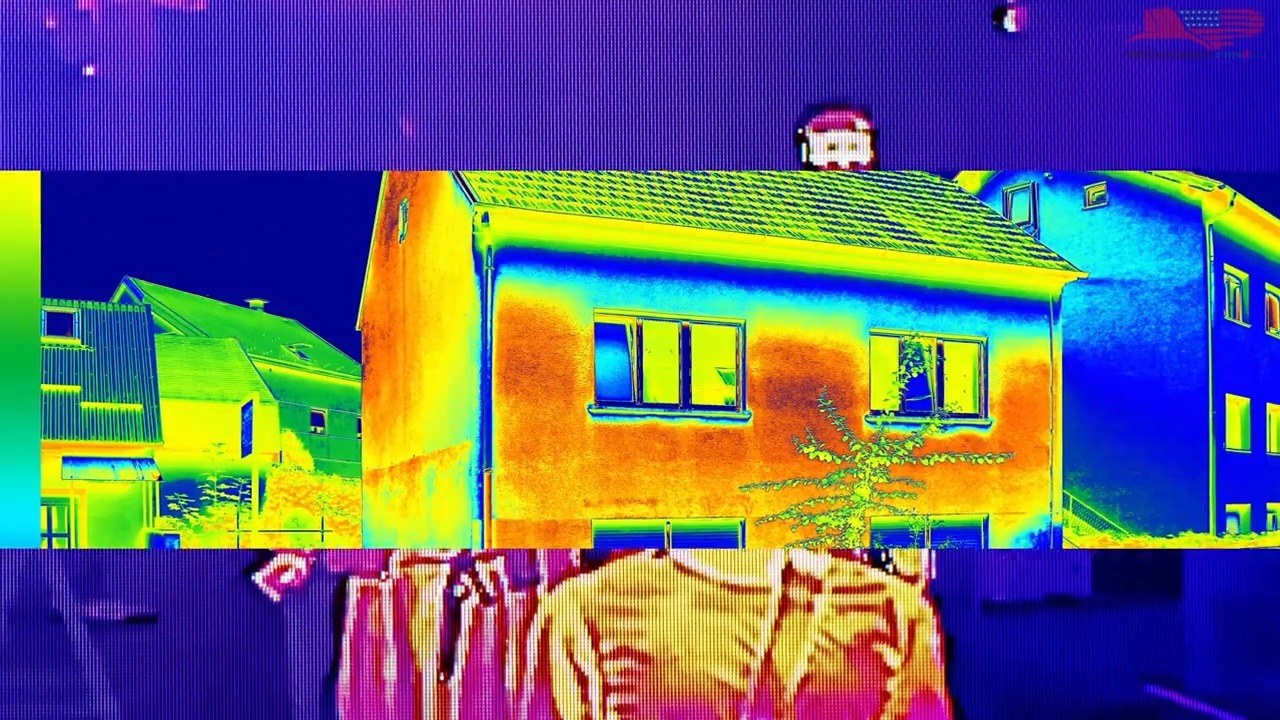
It seems that every time disaster strikes, citizens realize that firefighters are some of our nation’s true heroes. However, many are not above suing their local fire inspector for damages when things go wrong on their property. Valiant as they are, volunteer and professional firefighters are only human, and sometimes overlook fire hazards during inspections. One invention with the potential to revolutionize their ability to prevent fires is the thermal imaging camera. Here is an explanation of what this device is and how firefighters prevent fires with it.
What Is Thermal Imaging?
All forms of light exist as waves of varying lengths. For example, radio waves are extremely long, and microwaves are short. Heat is a type of light with wavelengths in the infrared spectrum. A few animals, such as pit vipers, detect light at these wavelengths; but due to the limitations of our human eyes, heat’s light is usually invisible to us until objects begin to glow with flame. Of course, once we can see the fire, it is too late to prevent it.
A thermal imaging camera makes all heat visible to human eyes by detecting the infrared light that objects give off before catching fire. The camera then assigns a color to each range of temperature and uses these colors to create a picture that firefighters can interpret. For example, a camera may represent cooler objects as blue, warmer ones as yellow, and those dangerously near combustion as bright red. Cameras that produce images with greater numbers of pixels pinpoint sources of heat more accurately than those with lower resolutions do.
How Can Thermal Imaging Prevent Fires?
All objects, even those we consider cold to the touch, give off heat of varying amounts. For example, a frozen pond would give off some infrared light waves, and an object at room temperature a greater amount. Humans themselves emit infrared light, with more radiating from the core and head than from the extremities. Electronic devices and wiring give off heat, as do mechanical engines and areas warmed by the sun or heating units.
A picture of heat that objects are emitting in a building is an invaluable tool for preventing fires. Here are some examples of fire hazards invisible to an inspector on first glance that a thermal imager would make clear:
- Overheated fuses on a circuit breaker.
- Frayed wires under a carpet or inside a wall.
- Unmatched wiring on a large appliance.
- Baseboard heater in a cluttered room.
Inspectors also mount cameras and set an alarm to sound when temperatures exceed a certain value. This system alerts users far before a smoke alarm would. Thus, thermal imaging cameras protect fire inspectors from the liability of hidden hazards.
About Provident FirePlus
At Provident FirePlus, we offer custom tailored packages to best protect firefighters and volunteer firefighters. We understand the risks that emergency response teams are subjected to on a daily basis, and have worked to serve these dedicated professionals for over 87 years. For more information about our products and policies, we invite you to contact our experts today at (855) 201-8880.

